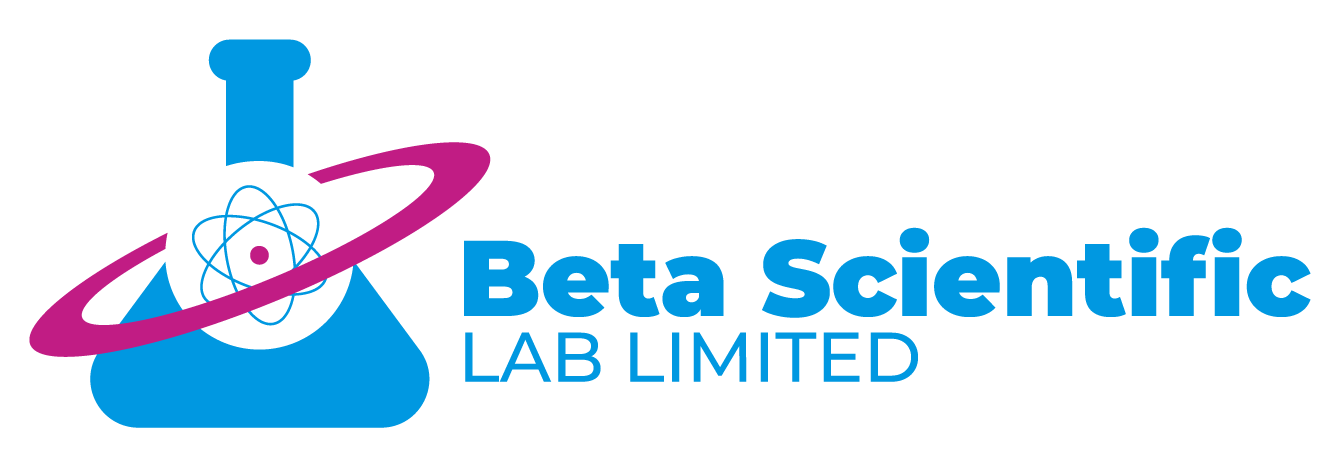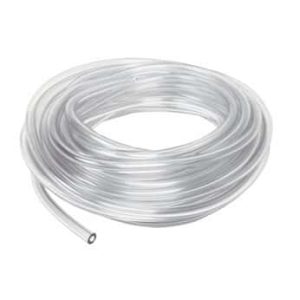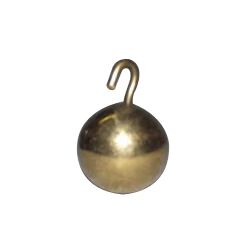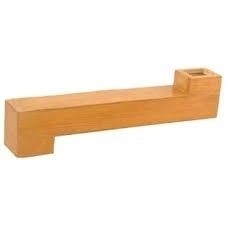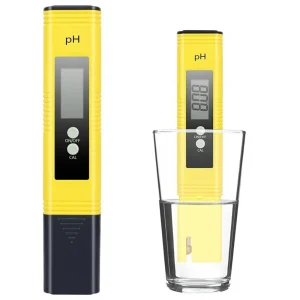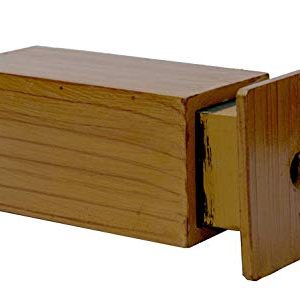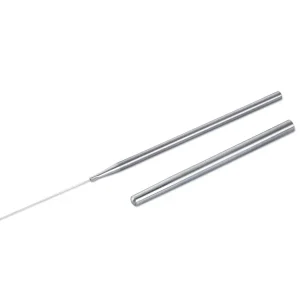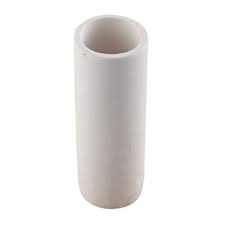Laboratory Equipment
Showing 201–220 of 303 results
-
-
-
Laboratory Equipment
Periodical Table Chart
The Periodic Table Chart provides details of all the known chemical elements arranged in rows and columns that provides information about their properties. The rows in the Periodic Table chart are in order of atomic number (which reflects the number of protons in the nucleus of an atom).
SKU: n/a -
Laboratory Equipment
Photo Cell
A device in which the photoelectric or photovoltaic effect or photoconductivity is used to produce a current or voltage when exposed to light or other electromagnetic radiation. They are used in exposure meters, burglar alarms, etc. Also called: photoelectric cell, electric eye.SKU: n/a -
Laboratory Equipment
Physics Exploration Kit
Ultimate Physics Exploration Kit!
Dive deep into the fascinating world of physics with our all-inclusive kit. Perfect for budding scientists and those simply curious:
- Ammeters: Capture the flow of invisible currents.
- Voltmeters: Discover the potential behind power.
- Stopwatches: Master the essence of time.
Why our kit?
- Joyful Learning: Transform complex concepts into hands-on fun.
- Quality Assured: Durable and accurate tools for endless exploration.
- For Everyone: Ideal for students, teachers, or any physics enthusiast.
Unlock the wonders of the universe with precision and joy. Order now and elevate your physics journey!
SKU: n/a -
Laboratory Equipment
Pinhole Camera
A pinhole camera is a simple camera without a lens but with a tiny aperture, a pinhole – effectively a light-proof box with a small hole in one side. Light from a scene passes through the aperture and projects an inverted image on the opposite side of the box, which is known as the camera obscura effect.SKU: n/a -
Laboratory Equipment
Pipe Clay Triangles
A pipeclay triangle is a piece of laboratory apparatus that is used to support a crucible being heated by a Bunsen burner or other heat source. It is made of wires strung in an equilateral triangle on which are strung hollow ceramic, normally fire clay, tubes. The triangle is usually supported on a tripod or iron ring.SKU: n/a -
Laboratory Equipment
Pipette Filler
Use this rubber bulb pipette filler to safely fill glass and plastic pipettes. The three-valve design allows you to release air, draw liquid into the pipette, and accurately release liquid. It works with all sizes of Mohrs, serological, or volumetric pipettes, except for 1ml and smaller plastic pipettes pipettes.SKU: n/a -
Laboratory Equipment
Pith Balls on Stand
A pith ball is a very small, lightweight object that picks up electric charge quite well. A charged pith ball works well to show the Coulomb force between two charged objects. If a glass rod is rubbed with silk, the silk rubs some electrons off the rod. The rod thus becomes positively charged.SKU: n/a -
-
Laboratory Equipment
Polythene Rod
You can usually make it by friction. There are two types of electric charge – POSITIVE and NEGATIVE. If you take a piece of polythene and rub it with a duster, the polythene becomes charged negatively. The duster becomes positively charged. If a rod of cellulose acetate is rubbed the charge on it is positive.SKU: n/a
